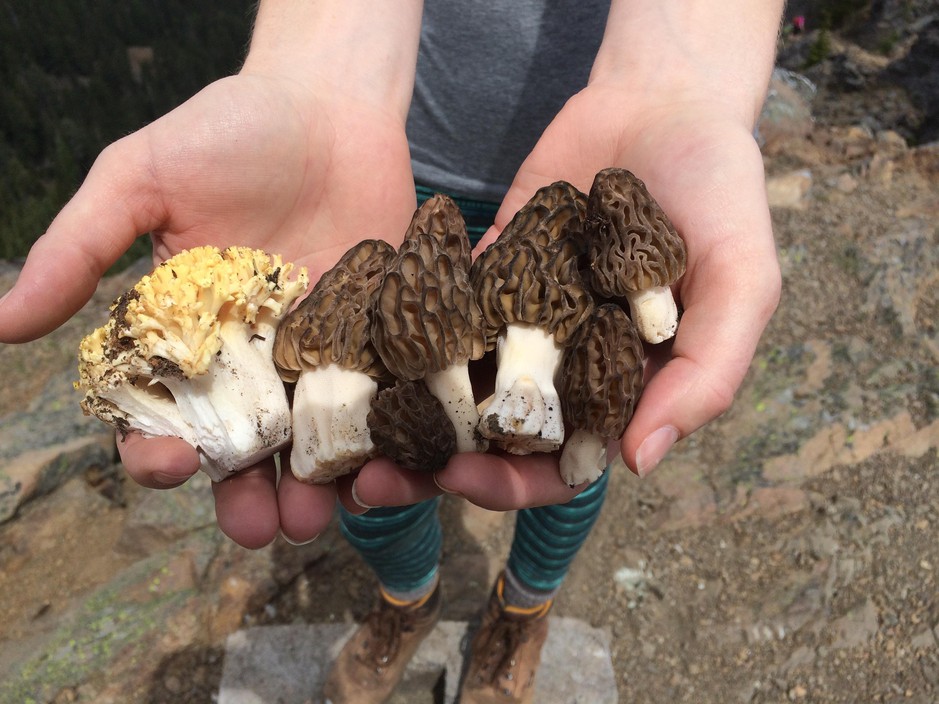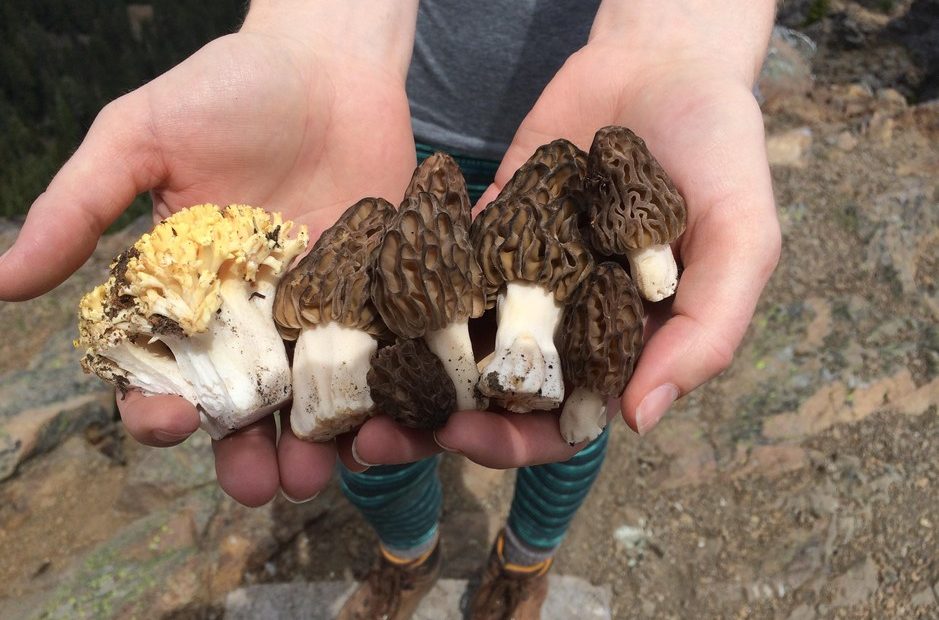
Mushroom Hunters, Rejoice: Springtime Crop Benefits From Summertime Fires
READ ON
Springtime means it’s morel mushroom harvesting season. Depending on where fires burned last summer, mushroom collecting could take you to different spots across the Northwest.
Morel mushrooms – known for their honeycombed caps – often sprout from soil that’s been blackened by forest fires. These fungi, along with other plants and animals, often depend on forest fires.
Robin DeMario, with the Okanogan-Wenatchee National Forest in North-Central Washington, said fires are important for morels to grow.
“Those burns are returning nutrients back to the soil, so there’s a little bit of fertilization going on,” DeMario said.
If the springtime conditions are right, that can lead to a bumper crop of morels. Perfect for mushroom hunters – and mushroom eaters.
DeMario said in Washington, individual harvesters can collect up to five gallons of mushrooms. In Oregon, they can collect up to one-gallon.
“A lot of times you’ll walk through an area, and you’ll only get enough for dinner tonight. It just depends on where you’re headed, whether you’re in a recently burned area,” DeMario said.
Commercial harvesting permits will go on sale at many Forest Service offices starting April 29. Different areas in the Northwest require different permits, so it’s best to check before you go.
DeMario says it’s also important to know which mushrooms you’re collecting. If you don’t know, take an experienced mushroom harvester with you.
She said, if you’re in a burned area, watch out for holes or burned logs as you hike, and keep watch on the weather. Storms could lead to debris and mud flows after areas have been hit by wildfire.
Related Stories:
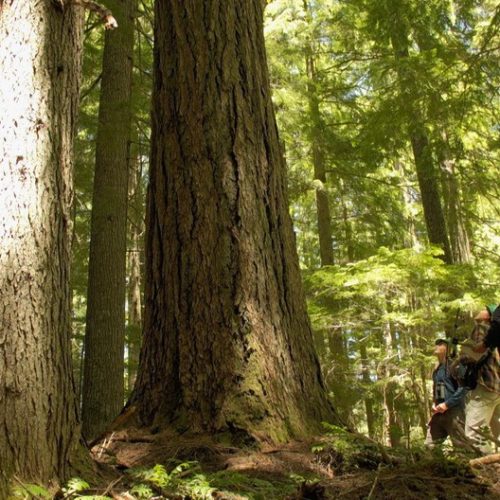
Forest Service Considers Rule Change That Prevented Logging Of Some Northwest Old-Growth Trees
The land management plans, known as the “Eastside Screens,” came about in 1995 to protect old growth trees east of the Cascades. The rules were meant to be temporary. The Forest Service wants to amend a section of the policy called the “21-inch rule,” which prohibits harvesting trees that are greater than 21-inches in diameter.
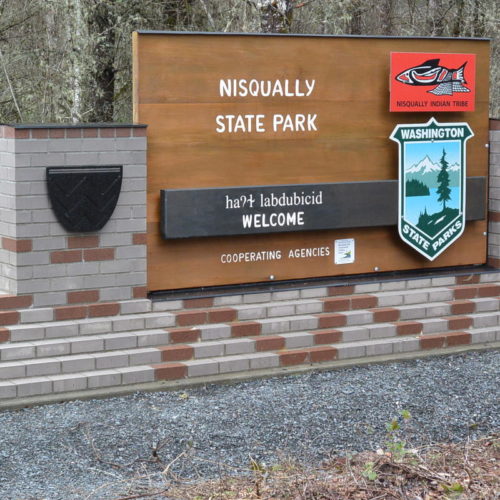
Public Lands Managers Ask: Have Plan A, B Or C Ready To ‘Recreate Responsibly’ This Weekend
On those trails, state officials are asking that you take precautions: stay six feet away from people, wear masks if you can’t meet that guideline, bring hand sanitizer, water and soap. You should also pack out what you pack in.
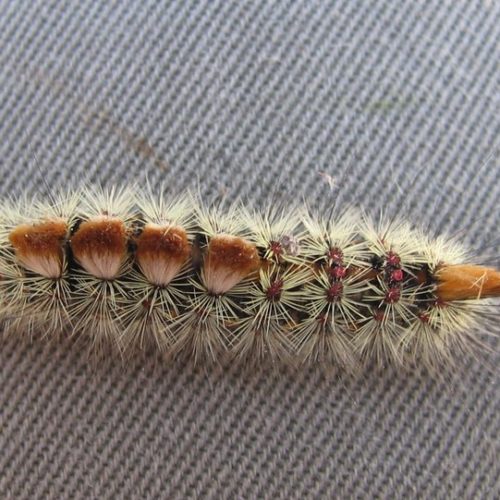
Researchers Work To Control Moth Outbreak In Washington Forests
The tussock moth caterpillar is quite the sight, if you’ve ever seen one hanging around a Douglas fir tree. These hungry caterpillars can eat Douglas fir and grand fir needles, first starting with the new needles that grow as the caterpillars hatch. Later, munching on older needles high in the treetops.

